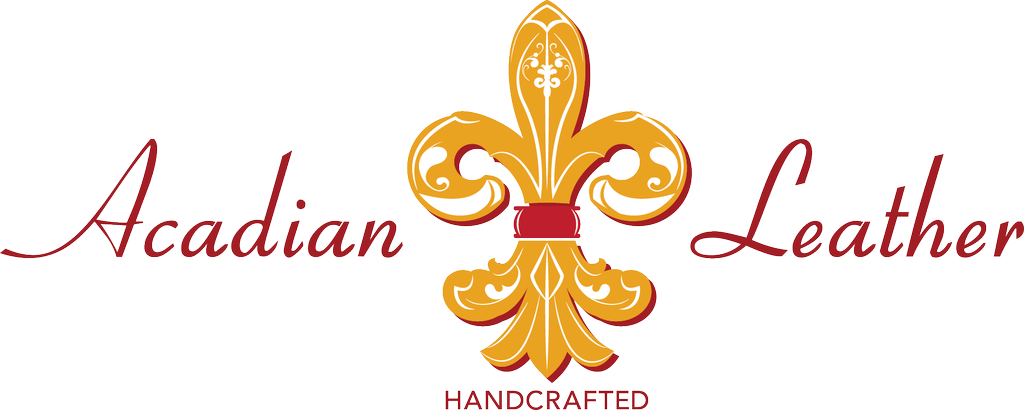Conservation of Alligators in Louisiana: A Responsible Industry
There’s a lot getting done to help ensure the survival of alligators, crocodiles and similar reptiles. In fact, in the last 50 years, Louisiana’s population of wild alligators went from less than 100,000 to more than 2 million. This is thanks in large part to the work of the Louisiana Department of Wildlife and Fisheries (LDWF).
The LDWF started its alligator management program in 1972. The program has since helped bring in plenty of revenue to Louisiana through wild alligator harvesting, alligator farming and more. Read on to learn more about alligator conservation.
Products featuring alligator
There are many products that feature alligator hide, including purses, shoes, upholstery and more. The meat of alligators is also often used to create a variety of dishes. In fact, alligator leather and meat are almost a quintessential part of Louisiana culture. To prevent international trade of certain products from threatening the survival of animal species, the United States signed a treaty called the Convention on International Trade in Endangered Species of Wild Fauna and Flora (CITES). Thankfully, as a result of alligator conservation measures, no species of American alligator is currently endangered.
Harvesting wild alligators
Louisiana has a long history of hunting alligators to use for goods like purses, boots and more. Certain regulations would appear in the 1960s to help increase the population of alligators. During the 1960s, researchers began working towards preserving the wetlands. They figured the best way to help alligators was by protecting their habitat.
One of the ways the LDWF worked to preserve the wetlands of Louisiana is by offering an economic incentive for landowners. This incentive came in the form of an annual alligator harvest. By hosting this alligator harvest, the LDWF is able to regulate the number of alligators being hunted. Hunting alligators in Louisiana requires certain licensing. Lasting around 60 days, alligator hunting season usually starts around late August or early September.
Farming of alligators
Another way the LDWF worked to increase the population of alligators was by starting an alligator ranching program in 1986. This program allowed alligator farmers to raise the animals and collect their eggs. Farmers were and still are required to have the appropriate licensing. They also need to provide proper conditions for their animals. The LDWF closely monitors alligator farmers to ensure they’re following regulations and providing a good environment for their animals.
This program requires alligator farmers to release approximately 10 percent of their animals back into their natural habitat. The alligators released into the wild must be somewhere between three and five feet long. This size requirement helps ensure their survival in the wild. Before getting returned to the wild, researchers measure and tag the alligators.
If you’re planning on purchasing an alligator product, be sure to work with a reputable dealer. These dealers work in conjunction with the regulations provided by the LDWF to ensure a good alligator conservation status.
If you’re looking for top-quality products from a reputable exotic leather dealer, contact Acadian Leather today. We offer a variety of amazing products, including shoes, purses, boots and more.
Categorised in: Leather Accessories
